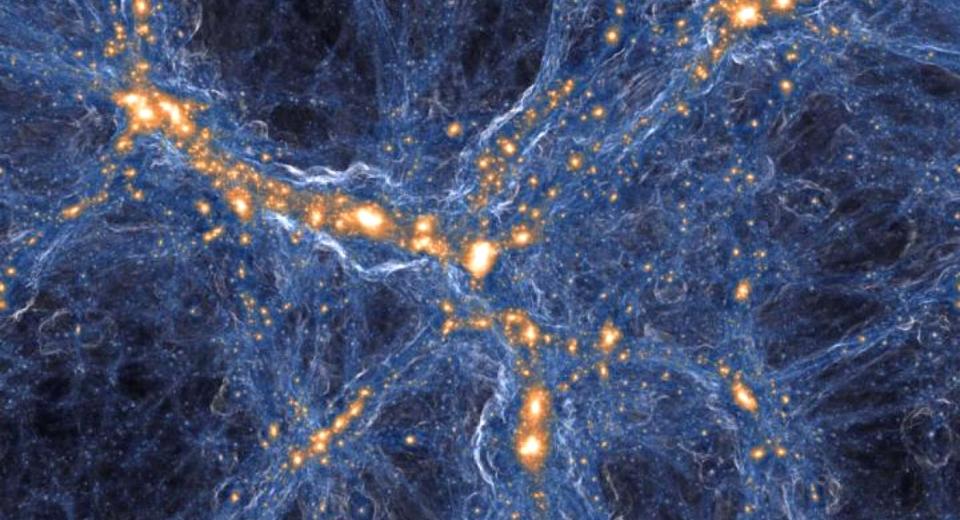Simulation of universe provides black hole breakthrough
The most detailed simulation of the universe ever created has provided a breakthrough revealing how the most powerful and mysterious forces interact on an enormous scale.
Scientists said the detail and scale provided by the simulation enabled them to watch how galaxies formed, evolved and grew while also nursing the creation of new stars.
Dr Shy Genel, at the New York-based Flatiron Institute's Centre for Computational Astrophysics (CCA), said: "When we observe galaxies using a telescope, we can only measure certain quantities."
But "with the simulation, we can track all the properties for all these galaxies. And not just how the galaxy looks now, but its entire formation history", he added.
He said the simulation is the most advanced ever developed.
Using specialised computational methods, scientists have developed a computer model of the universe which has allowed them to write three ground-breaking papers which have been published in the Monthly Notices of the Royal Astronomical Society.

An international team of scientists led by Volker Springel at the Heidelberg Institute for Theoretical Studies developed and programmed the simulation of the universe, named "Illustris: The Next Generation" or IllustrisTNG for short.
:: Supercomputer provides black hole breakthrough
Dr Dylan Nelson of the Max Planck Institute for Astrophysics used the simulation to reveal how star-forming galaxies shine brightly in the blue light of their young stars until an evolutionary shift suddenly halts the star formation, turning the galaxy into one dominated by old, rest stars.
"The only physical entity capable of extinguishing the star formation in our large elliptical galaxies are the supermassive black holes at their centres," explained Dr Nelson.
"The ultrafast outflows of these gravity traps reach velocities up to 10% of the speed of light and affect giant stellar systems that are billions of times larger than the comparably small black hole itself."
"It is particularly fascinating that we can accurately predict the influence of supermassive black holes on the distribution of matter out to large scales," said Dr Springel. "This is crucial for reliably interpreting forthcoming cosmological measurements."
IllustrisTNG is a model of a cube-shaped universe smaller than our own, just one billion light-years across (the observable universe has a diameter of about 93 billion light-years).
The project followed the formation of millions of galaxies within this section of the universe, in the largest hydrodynamic simulation ever exploring how cosmic structures developed.
It predicted a cosmic web of gas and dark matter which interacted to produce galaxies which were similar to real galaxies in shape and size. The researchers said that for the first time, the simulations have been able to directly compute the detailed clustering patterns of galaxies in space.
In addition, the simulations predict how the cosmic web changes over time, especially in relation to the mysterious dark matter that is believed to make up 26.8% of the universe - compared to ordinary matter which makes up just 4.9% of the observable universe.
The rest of the 68.3% of the observable universe is believed to be made of dark energy.

 Yahoo News
Yahoo News 
